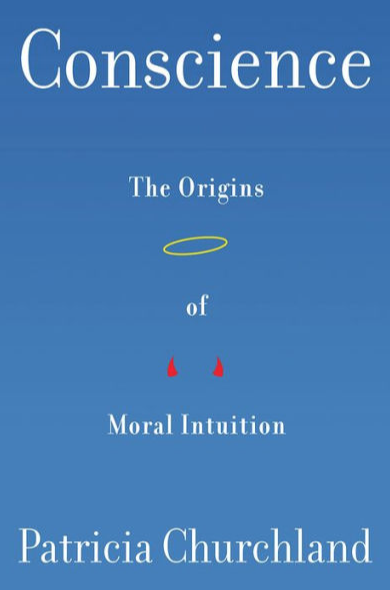Heaven had opened its gates to me. Hyde, as it turned out, had studied some philosophy. It emerged that we shared a deep-seated conviction: so-called Conceptual Analysis (aka haggling about meanings of words) might be the conventional philosophical tool, but it was useless for making progress on the actual nature of learning and memory, consciousness and decision-making. You need brain data.
Just like that, after a mere forty minutes conversation, my intellectual life changed forever.
During my first neuroanatomy lecture, the patient presented to us was a former dean of the medical school who had suffered a small brainstem stroke. As he started to identify the stroke location, the former dean suddenly began to sob piteously. Deeply concerned, we waited in utter stillness a long minute until, abruptly, his sobbing stopped. Unbothered by the interlude, he calmly went on to explain that the episode was caused by the stroke—damage to a tiny region of the brainstem which released reflexive crying when triggered by high levels of adrenalin. Conscious control was futile. A not uncommon sequel of a brainstem stroke, the condition is known as pseudobulbar affect. Adding to our bewilderment, he commented, almost as an aside, that throughout the crying episode he had felt no sadness whatever, though he did admit to finding pseudobulbar affect a nuisance. This was the first result in my new neurophilosophical world: The disconnect between despondent behavior and despondent emotions was the sort of event that many philosophers, trusting entirely in their own imagination, said was inconceivable and could not happen. But it did happen, right before our wondering eyes. This was the first of a host of “philosophically impossible” revelations from brain-damaged patients.
Released from the silo of conventional philosophy, I found the neuroscientists at the medical school to be uniformly hospitable and curious about what I was up to. A human brain was indeed delivered to me in the anatomy lab, and holding it my hands, I felt an almost reverential humility toward this tissue that had embodied someone’s love and knowledge and skills. It looked so small, relative to what a human brain can do.
The world of neuroscience was opening up to me. At the clinicians’ weekly meeting—neurology rounds—a patient with unusual or puzzling symptoms would be presented and later discussed. To my everlasting gratitude, the clinicians invited me to join the rounds. One stroke patient was a dairy farmer who could no longer recognize faces—not those of his wife or children, or even his own face in a mirror. Particularly disappointing to him was his inability to recognize the faces of his beloved cows. Because Manitoba is a huge province, and only Winnipeg had advanced medical facilities, any patient with challenging symptoms eventually came to the medical school hospital. I was fortunate to see cases that many neurologists see only rarely, if ever.
Untenured philosophy professors, as was I, are typically advised to avoid risk and stay well-focused on the job. Providentially, my dean, an historian with a dash of intellectual derring-do, skillfully encouraged my hands-on initiative. In time, papers were published, tenure was granted.
From me, the neurologists wanted to know whether philosophers thought there was a nonphysical soul, and if so, why. They were puzzled by those who seemed to regard the human brain simply as hardware on which to run the software of cognition. According to a popular philosophical assumption, to explain the human mind, only the software needs to be understood. Leave the brain out of it. The neurologists knew better; and in time, undermined by accumulating neurobiological evidence, the misbegotten metaphor was quietly shelved.
Neurophilosophy as a paradigm took hold in me because it became gloriously obvious that progress on various time-hallowed philosophical questions, such as how we decide and see and think, was being made in neuroscience. Although prominent philosophers mostly waved off neurophilosophy as “not real philosophy,” this did not matter much to me. The way forward was unmistakable: just follow the science.




